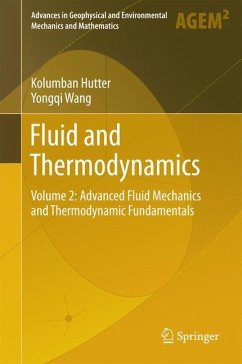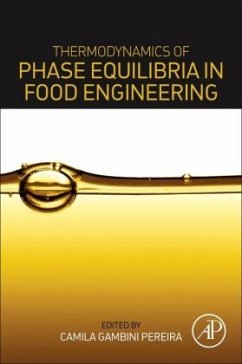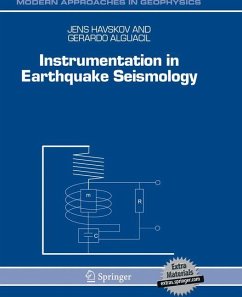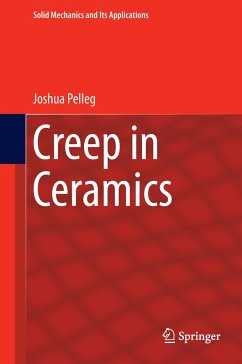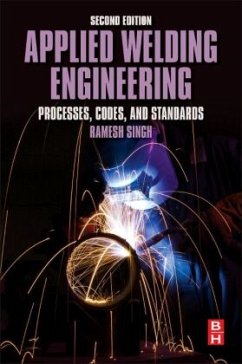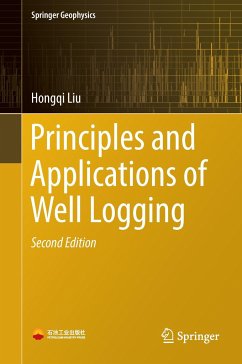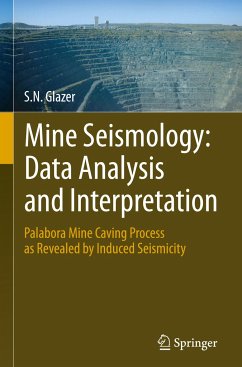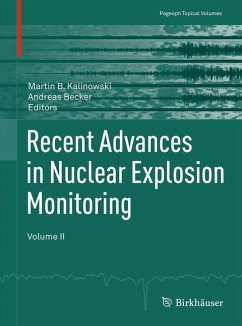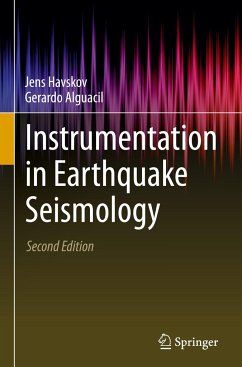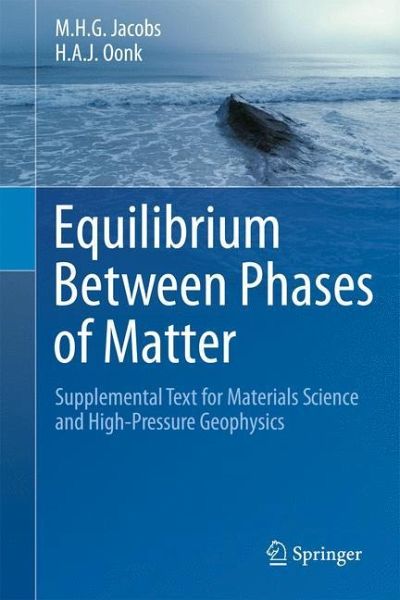
Equilibrium Between Phases of Matter
Supplemental Text for Materials Science and High-Pressure Geophysics
Versandkostenfrei!
Versandfertig in 6-10 Tagen
38,99 €
inkl. MwSt.
Weitere Ausgaben:

PAYBACK Punkte
19 °P sammeln!
The Second Volume of "Equilibrium between Phases of Matter", when compared with the First Volume, by H.A.J. Oonk and M.T. Calvet, published in 2008, amounts to an extension of subjects, and a deepening of understanding. In the first three sections of the text an extension is given of the theory on isobaric binary systems. The fourth section gives an account of the thermodynamic analyses of four isobaric binary key systems, highlighting the power of empirical, (exo)thermodynamic correlations. The fifth section is devoted to the thermodynamic description of ternary systems. The last three sectio...
The Second Volume of "Equilibrium between Phases of Matter", when compared with the First Volume, by H.A.J. Oonk and M.T. Calvet, published in 2008, amounts to an extension of subjects, and a deepening of understanding. In the first three sections of the text an extension is given of the theory on isobaric binary systems. The fourth section gives an account of the thermodynamic analyses of four isobaric binary key systems, highlighting the power of empirical, (exo)thermodynamic correlations. The fifth section is devoted to the thermodynamic description of ternary systems. The last three sections concentrate on the properties of materials, and the phase behaviour of systems under the conditions of high temperature and high pressure - conditions that prevail in the interior of the Earth. A new equation of state is the subject of the sixth section. In the seventh section a move is made to statistical thermodynamics and vibrational models; the description of the systems has changed frommathematical to physical. The last section is on the system MgO - SiO2, looked upon from a geophysical point of view.
Throughout the work high priority is given to the thermodynamic assessment of experimental data; numerous end-of-section exercises and their solutions are included. Along with the First Volume, the work is useful for materials scientists and geophysicists as a reference text.
Audience
Volume II is a lecture book for postgraduate students in chemistry, chemical engineering, geology and metallurgy. It is highly useful as a recommended text for teachers and researchers in all fields of materials science.
Throughout the work high priority is given to the thermodynamic assessment of experimental data; numerous end-of-section exercises and their solutions are included. Along with the First Volume, the work is useful for materials scientists and geophysicists as a reference text.
Audience
Volume II is a lecture book for postgraduate students in chemistry, chemical engineering, geology and metallurgy. It is highly useful as a recommended text for teachers and researchers in all fields of materials science.




